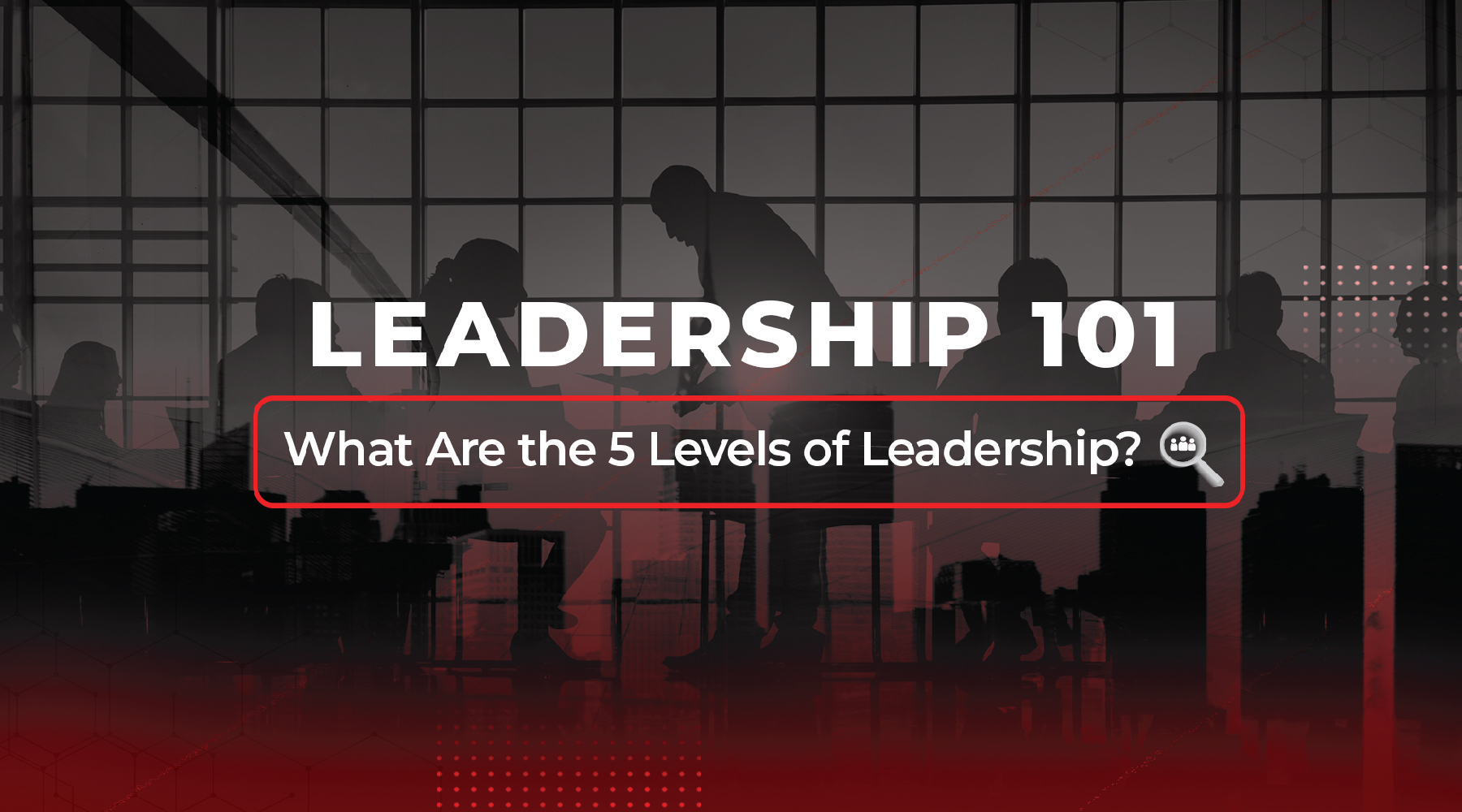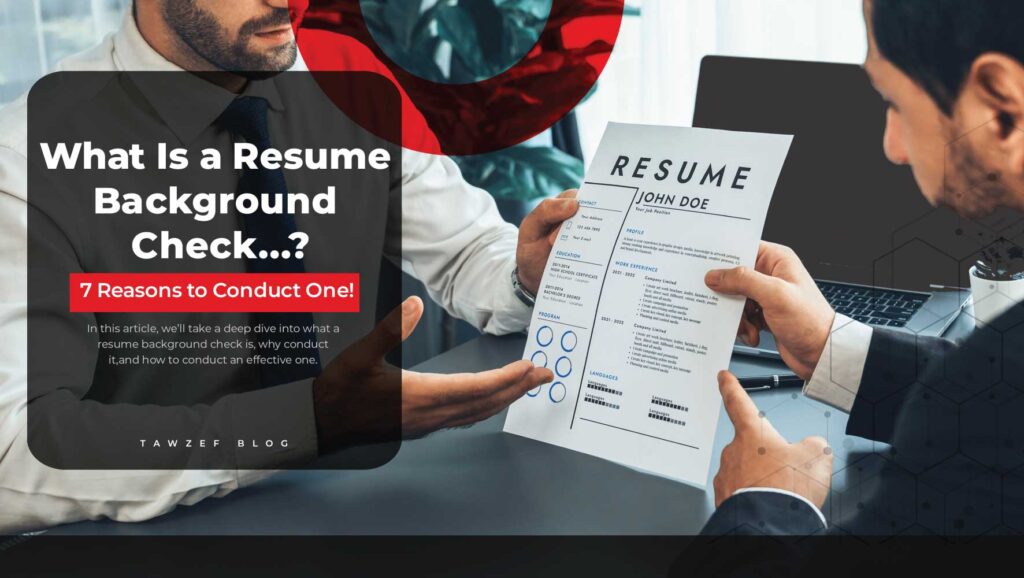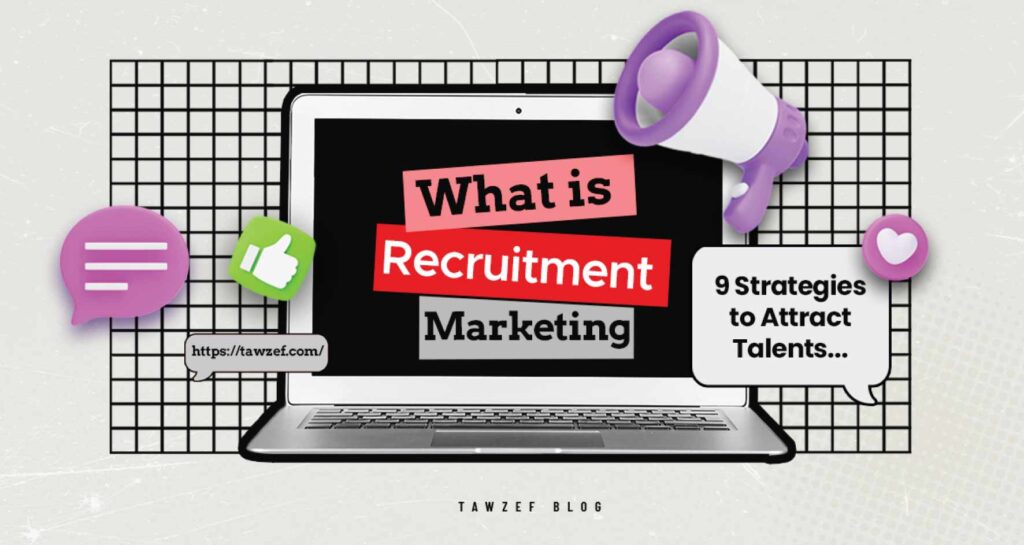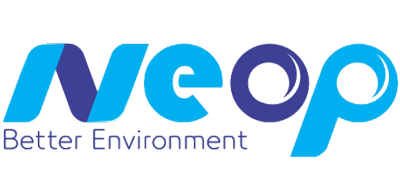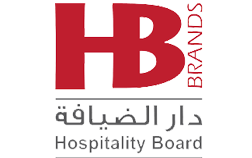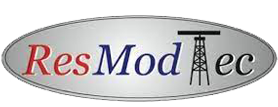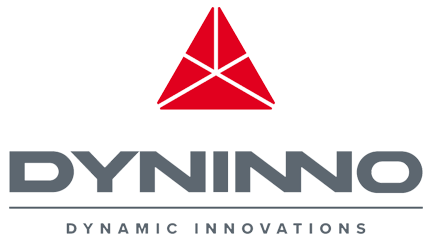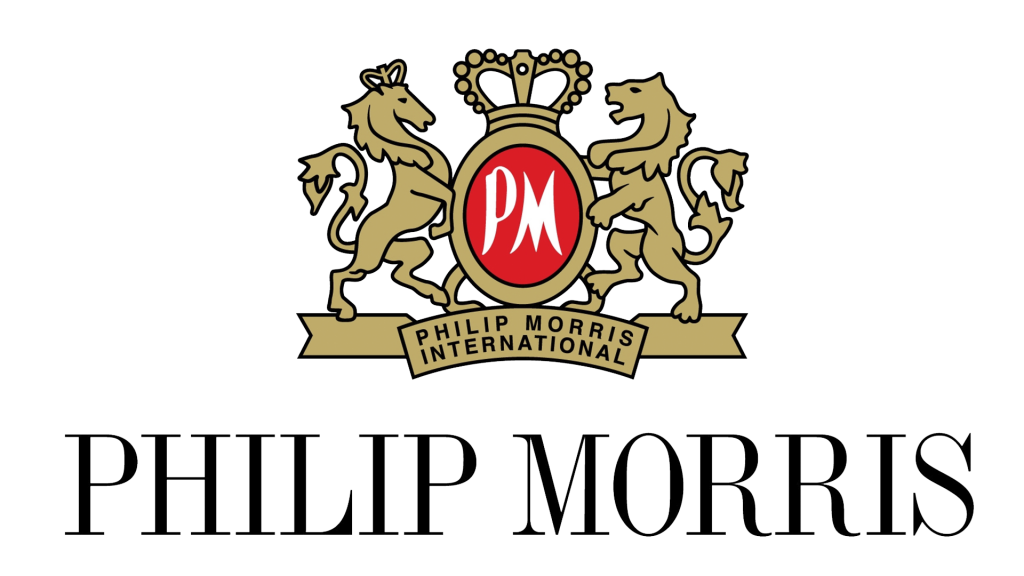Businesses today rely on leaders to drive their teams and employees. They help create company culture, inspire creativity and innovation, and build teams.
However, leadership can sometimes be a vague concept. There are so many articles and posts on LinkedIn about leadership.
But to understand leadership, it’s best to get back to basics.
What is leadership? Why does it matter in business? Why should you strive to build and have leaders in your company? And what are the 5 levels of leadership?
Keep reading to get answers to all these questions and more!
What is leadership?
The Oxford Dictionary defines leadership as “the action of leading a group of people or an organization.”
But leadership goes deeper than that. Here’s McKinsey’s definition of leadership:
“Leadership is a set of behaviors used to help people align their collective direction, to execute strategic plans, and to continually renew an organization.” – McKinsey
Leadership is both concept and practice. In business, leadership is practice. It affects almost every aspect of business including, not limited to:
- Teams
- Employee retention and productivity
- Sales and revenues
- Customer satisfaction and retention (through employees)
- Employee engagement and empowerment
Good, strong leaders can be the difference between higher employee retention and low turnover and employees running to the competition.
Leaders are the opposite of micromanagers. They create a company culture that builds employees up, inspires them, and motivates them to grow and help grow your company too.
Leaders aren’t defined by business or industry. A leader can be a teacher, a manager, a CEO, a sports coach, or even a student.
The bottom line is this “leadership is about guiding and impacting outcomes, enabling groups of people to work together to accomplish what they couldn’t do working individually.” (McKinsey)
“It’s [a leader’s] actions, not their words, that inspires trust and energy.” (McKinsey)
Why leadership matters in the workplace
You’re probably thinking: ‘This all sounds great. But how does leadership truly affect other employees in my company?’
Let’s look at the benefits of leadership:
- Increases employee retention
- Reduces employee turnover
- Motivates employees to grow personally and professionally
- Builds company culture
- Reduces passiveness and creates more leaders
- Increases employee engagement
- Improves morale in the team and company
- Builds employee confidence
What are the 5 levels of leadership?
One of the building blocks of leadership, and leadership development, has been John C. Maxwell and his theory ‘The 5 Levels of Leadership.’
Maxwell’s theory acts as a roadmap. He views leadership as a journey. A skill that can be learned and that people can improve.
Through his theory, Maxwell aims to help leaders understand where they are as leaders, where they want to go, and how to get there.
Those who follow Maxwell’s ‘5 levels of leadership’ theory can become better and more successful leaders, improve their station or position where they work, increase their influence, and build stronger teams and industry networks.
Maxwell divides the leadership journey into 5 main levels. These are:
- Position
- Permission
- Production
- People development
- Pinnacle
According to Maxwell, every leader begins at level 1 and strive to reach level 5, the top or pinnacle of leadership.
The 5 levels of leadership explained
Levels of Leadership: Level 1 – Position
This starting point. At level 1, a leader may or may not be influential and charismatic.
Often, they’re the ‘leader’ because that’s what their job or role entails. This person can be a manager, senior member in a team, or a ‘team leader.’
Leaders in level 1 are leaders by title, not necessarily by actions and skills. In this level, people respect you because they have to.
Some new managers may have leaderships skills, which they need to develop by studying project management, people management, and more.
Levels of Leadership: Level 2 – Permission
In this stage and unlike level 1, people aren’t forced to follow you. They follow you because they want to.
In this level, it’s not just about being in a position of authority. As a leader or potential leader, you want to focus on developing skills and relationships with others.
To reach and grow in this level, you’ll need to understand what key performance indicators (KPIs) are and use them to measure different aspects of your team.
You should also treat team members equally, ask for feedback, and consider the effects of your decisions on others.
Levels of Leadership: Level 3 – Production
The third stage in the 5 levels of leadership is about Production or results.
In this stage, people follow you because of something you’ve done for the business or organization. It’s about your personality and skills.
According to Maxwell, there’s a different between admiration and respect. To earn respect as a leader, you need to produce results. This often involves contributing to your company’s revenues and profits, through your team.
This contribution can be in the form of:
- higher productivity (depending on what your business or team does).
- working on multiple projects at the same time.
- or something else.
Levels of Leadership: Level 4 – People development
At this level, people follow you, not only because of what you’ve done, but because of what you’ve done for them.
Many people will follow you because their personal development or careers–or both–depend on it. At level 4, the people development level, you not only gain more respect but also more responsibilities.
One of those responsibilities is to help others become leaders in their teams or fields. To do so, you’ll need to invest your energy, skills, time, and sometimes money to support others on their journey to leadership.
Levels of Leadership: Level 5 – Pinnacle
The final stage in the 5 levels of leadership is the Pinnacle. It’s the level at which people follow you because they respect you. The Pinnacle represents the highest form of leadership, according to Maxwell.
At level 5, your leadership success comes through others’ success.
This level is about “creating a new generation of leaders…it is fueled not be personal ambition but by a selfless desire to mentor others.” (Vantage Circle)
Final words
A good leader motivates team members, increases engagement and improves employee performance. This, in turn, increases customer loyalty, satisfaction, and retention for your business.
Whether you’re a business owner, manager, team leader, or HR executive, you should strive to be a leader to your team.
You should also encourage others to become leaders and provide them with the resources to get there.
Having leaders in your team and company not only helps build your company but also helps your employer branding.
Leadership can be in any team. But when it comes from top management, and sometimes HR, it sets the company up for success. It motivates employees and entices them to get creative and innovative in their jobs.
So, if you’re a manager, HR manager, or the CEO of a company, you may want to learn more about leadership, which we’ll tackle in future articles, and uncover your employees’ motivations.
One of the ways to uncover leadership and managerial traits among your employees is using psychometric tests.
These are tests that review employees’ cognitive skills and behaviors and offer indicators about where these employees are most likely to excel.
If you’d like to learn more about how psychometric tests work and how and where to get them, get in touch with Tawzef.
Further reading
What Causes Employee Burnout? 10 Signs to Consider & How to Overcome It
Your Ultimate Guide to the Different Types of Psychometric Tests
Avoid the 6 Hiring Mistakes Employers Make
How to Create a Women-Inclusive Compensation & Benefits Strategy
Complete Guide to The Different Types of Employee Assessments
HR Jobs | A Complete Guide for Employees & Employers
Everything You Need to Know About Employee Training and Development KPIs
9 Employee Engagement Metrics to Track for a Better Work Culture






